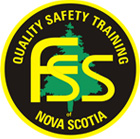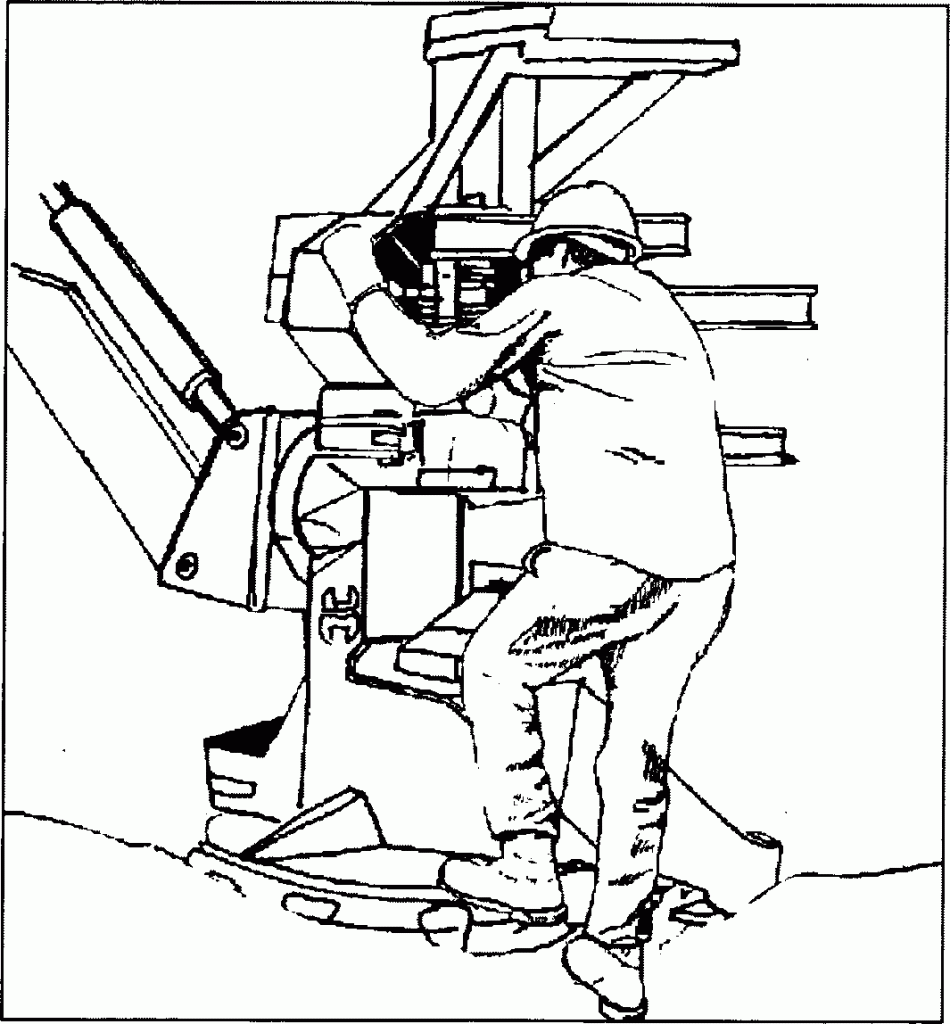Operator Injured by Continuous Rotation Blade
Feller Buncher Operator Injured by Continuous Rotation Blade
A feller-buncher operator noticed that one of the two “grab arms” on the felling head of his machine was not operating properly. He lowered the felling head to the ground and turned off the switch to the hydraulic pump powering the continuous-rotation blade. He then left his cab and climbed up onto the felling head to examine the hydraulic cylinder attached to the malfunctioning grab ann. While he was doing so, he inadvertently let his right foot come into contact with the blade which was still spinning at high speed even though it had been shut down several minutes earlier. He lost a third of his foot, including all the toes.
Recommendations to Prevent a Recurrence
- No one should approach a felling head equipped with a continuous rotation blade until the blade has come to a complete stop. (This may be more than five minutes after the power is shut off in some cases.)
- One felling-head manufacturer recommends that the saw switch be turned off immediately after sawing the last tree (before the hydraulic pump can drive it up to full speed again) in order to reduce the waiting time.
- Supervisors and/or equipment owners should provide complete lete training in safe operating procedures (including safe shut down) for all mechanized logging equipment.

